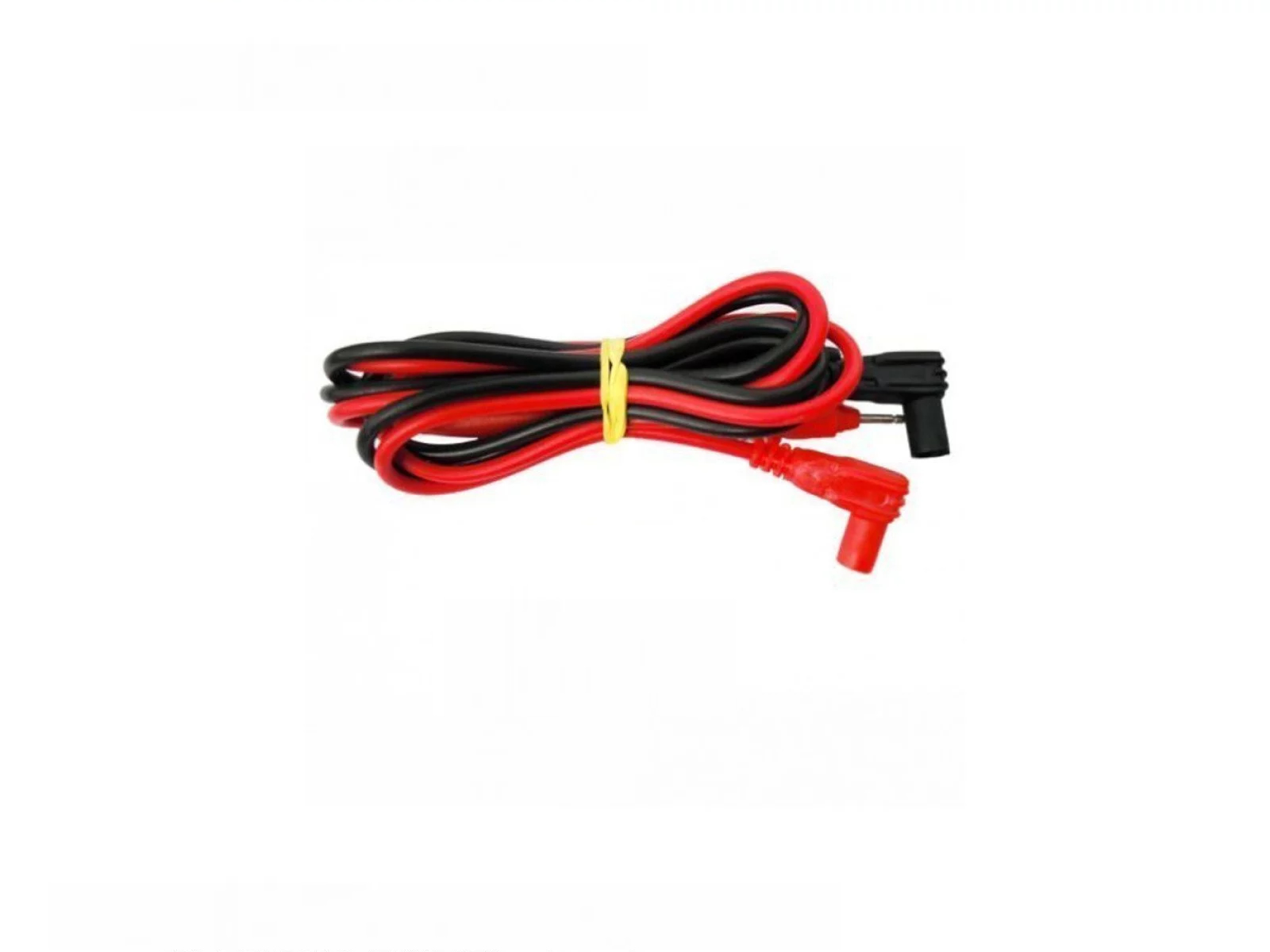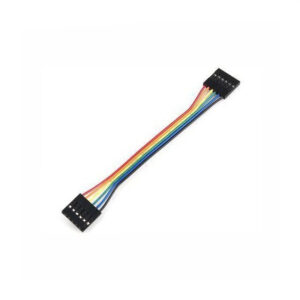The correct test probe for the application is important. If your work is limited to circuits below 30 V, performance and quality remain important but issues such as shock hazard concerns are reduced. However, if you use the leads for measuring high voltage and high energy circuits, such as distribution system voltages (240V- 600V), using leads that are in good condition with the proper markings and ratings is critical.
Function:
A Banana Plug has a prong (male) contact and a Banana Jack has a socket/receptacle (female) contact. The contact may be unshrouded (exposed) or shrouded (sheathed) to offer insulating protection.
Materials make a difference
The materials used in construction are very important. Leads made from poor quality materials can affect the readings recorded on the DMM.
Inspect the leads
Before using test leads, perform an inspection to ensure the leads are safe to use and able to conduct electrical signals accurately. In most common circumstances, the physical condition of the test leads is the most important factor affecting your measurements
Avoiding the weakest link
Test leads are an integral part of electrical measurement. Testing your leads is a good way to make sure they’re a strong part of your DMM system, not the weakest link. If your test leads are subjected to rough or heavy use on a regular basis you may want to consider implementing an annual replacement program for your test leads to ensure that they are always in good condition.
Specification
- Wire insulation: PVC
- Plug and Connector Description: Test lead with right angle shrouded Banana Plugs
- Max. Amps: 10
- Max. Voltage: 1000VAC




